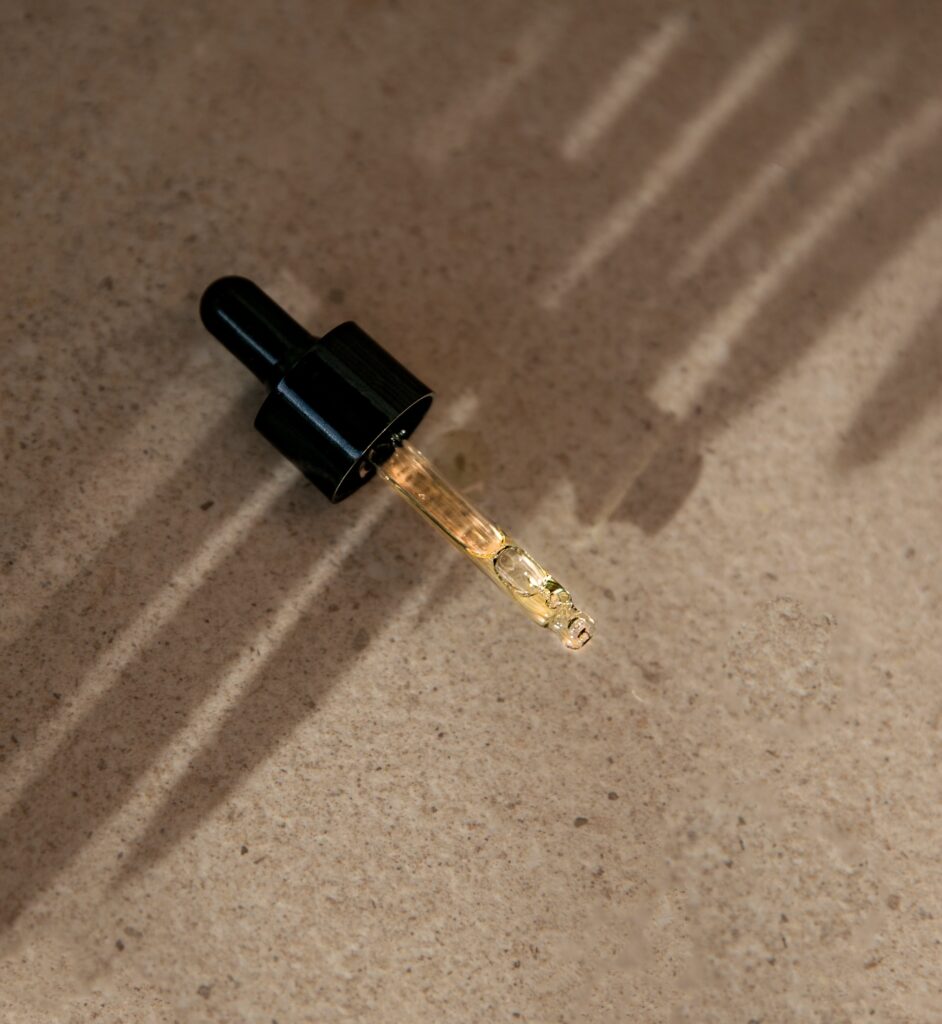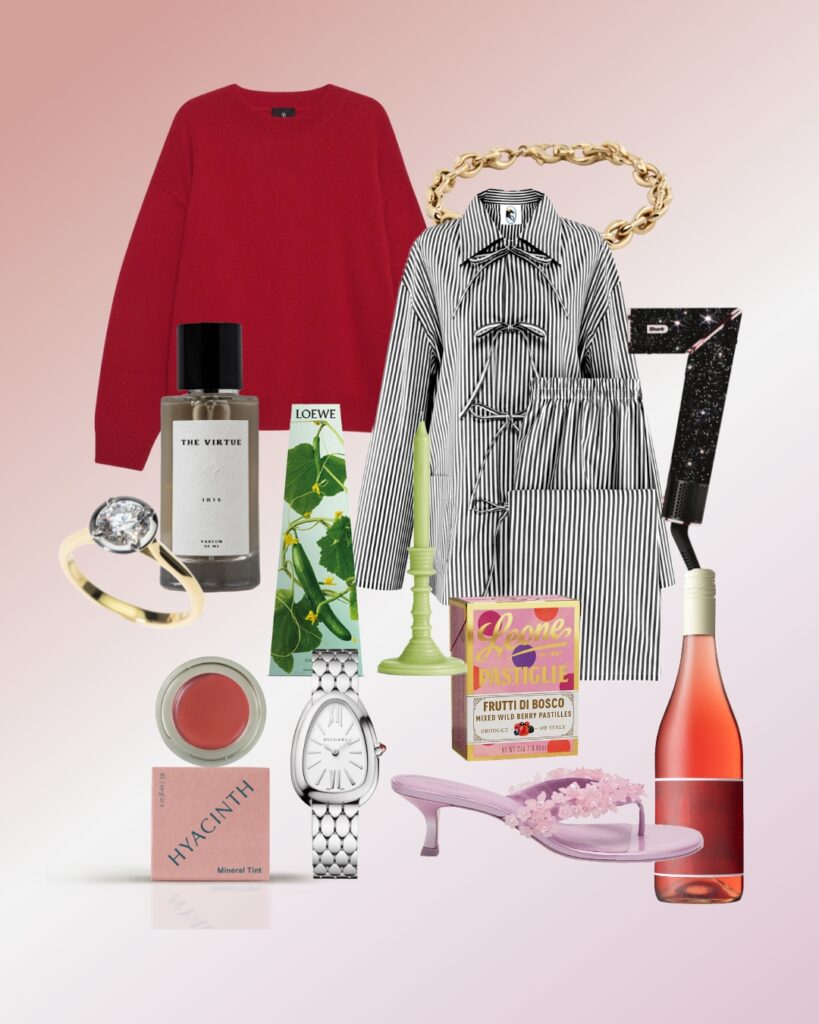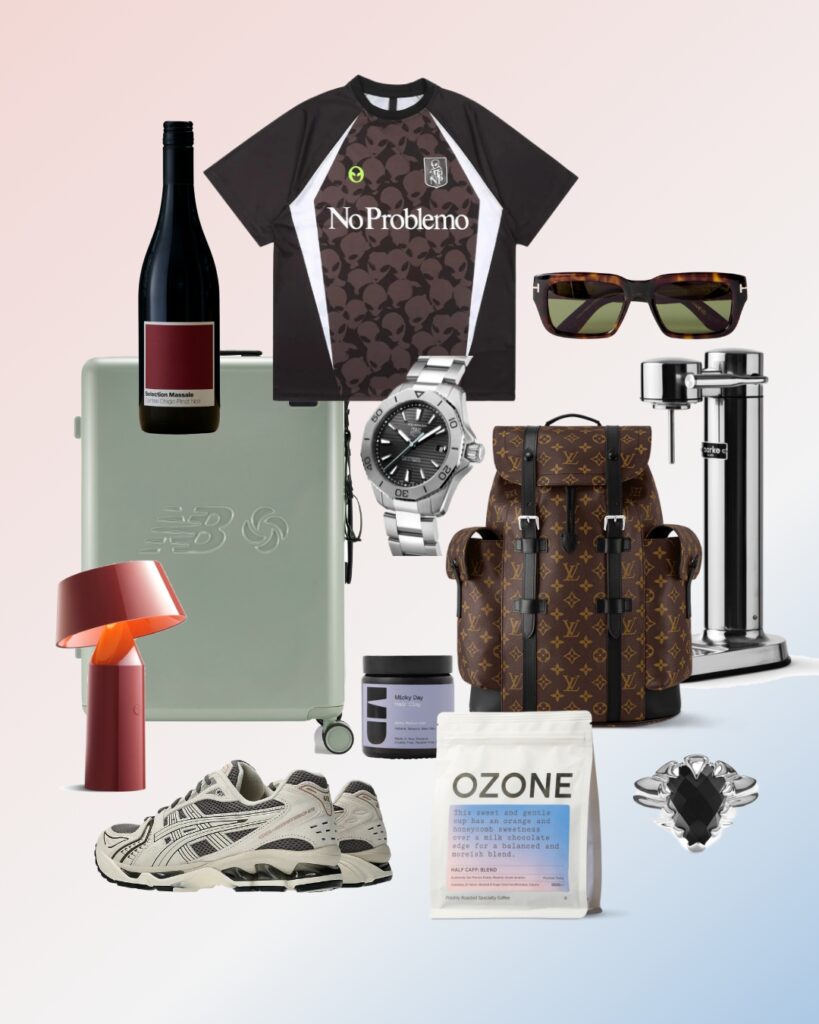
The mind-skin connection
If your complexion has been giving you more grief than usual — think new sensitivities and breakouts — you’re not alone, and we might have Covid-19 to blame. Director of education for Dermalogica Asia- Pacific, Emma Hobson, explains: “Covid has allowed our industry to see clear evidence of how the mental state is reflected by the physical state of the skin.”
Psychodermatology, the interaction between the skin and mind, might be in its infancy, but Hobson says the pandemic’s stress has undoubtedly had a visible impact. “What we’ve noticed through this period is increasing skin challenges and heightened issues with acne, hyperpigmentation, sensitivity, rosacea, dermatitis — all of those conditions.”
Thankfully, it’s not all doom and gloom. Hobson says it’s allowed for a better understanding of the mind-skin connection, and how important human touch is. “We were starved of connection during the pandemic, but it helped us realise how incredibly important skin therapy and reconnecting with customers is. Touching can really reduce stress and improve the condition of the skin.”
Skinfluencers rising
Our obsession with skincare isn’t going to wane any time soon, predicts Hobson,
and we’re putting more thought into our purchasing decisions. “The awareness
of looking after your skin has grown enormously,” she says.
We’re turning to social media for skincare advice more than ever before, but Hobson believes we’re less interested in the opinions of influencers and are instead looking to skin experts with a social media presence for trustworthy advice. Rather than turning to feeds overrun by posts tagged #gifted #ad, we’re hunting out those who have hands- on experience with skin health. “We’re looking for those with a lot of knowledge and experience, versus someone who might just have an opinion on a certain product,” says Hobson.
Easier does it
Hobson believes the popularity of skin-enhancing ingredients such as hyaluronic acid, retinol and vitamin C will continue “because they’re some of the top-performing ingredients we have”. What has already started happening is the evolution of these ingredients, which will mean better results and improved accessibility for people with skin types that have until now have found certain ingredients to be too irritating.
“There are already many different forms of hyaluronic acid, and the development of delivery systems will play a big role in how these ingredients evolve,” says Hobson.
Retinol is a potent ingredient that helps boost skin health, but not everyone finds it easy to work into their routine as it can irritate the skin, leaving it dry and flaky. “There are people out there who struggle to use some retinols because although they want the results, they get the side effects,” says Hobson. She says there’s currently a lot of research going into making these skin-changing ingredients as effective as possible, minus all the downsides.
This kind of focus will extend to in-clinic treatments too, says Hobson. Dermalogica has recently released a new professionals-only product called Pro Restore, which helps to reduce inflammation and the downtime associated with treatments such as microneedling. “We’ve spent a lot of time researching how to increase skin healing,” says Hobson. “Pro Restore reduces negative effects on the skin and speeds up recovery.”
Globally green
Sustainability will remain a focus in the world of beauty’s future, but brands are going to need to ensure that more than just the formulations of their products are environmentally sound. “The whole chain, [from] the sourcing of ingredients all the way through to when a product lands on shelves for a consumer to buy needs to be dissected,” says Hobson. “Big businesses have to be who drives this change. They can put pressure on ingredient manufacturers, packaging manufacturers and distribution.”










